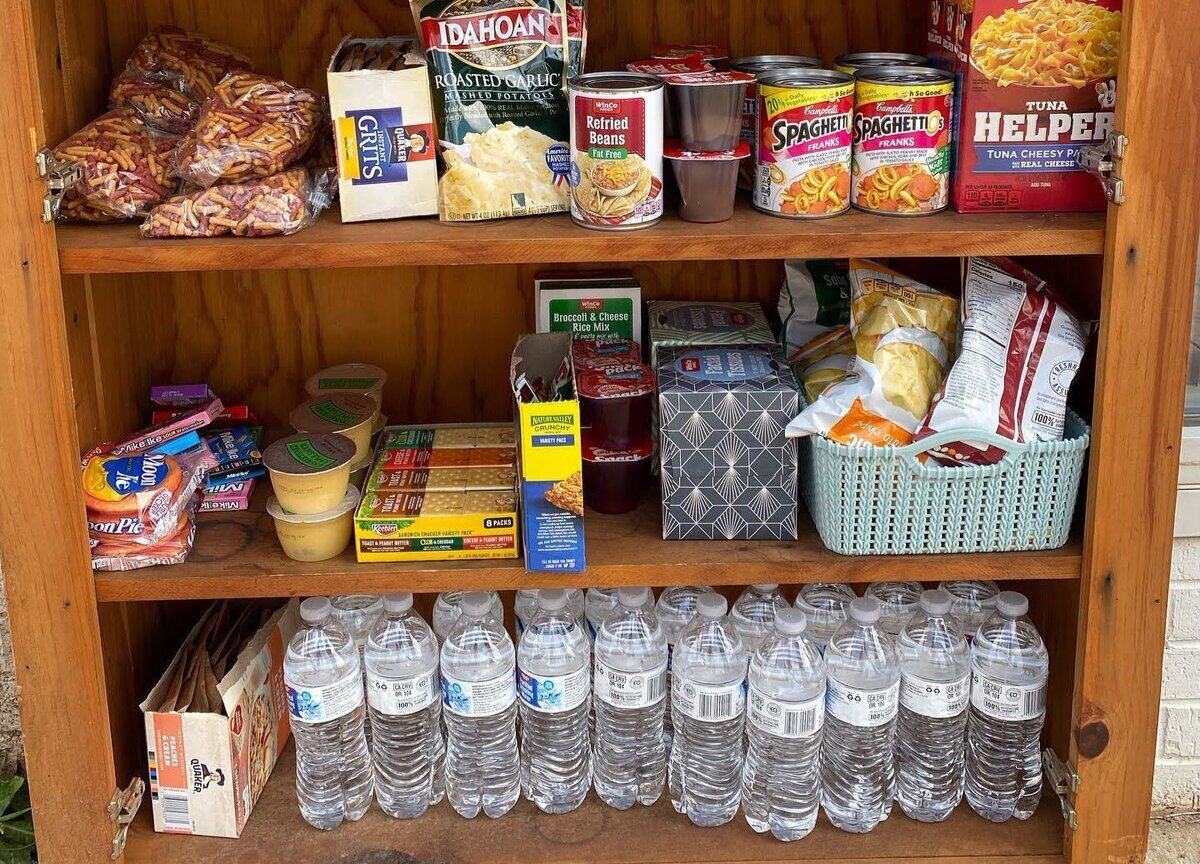

Articles
How To Store Bottled Water In Pantry
Modified: May 6, 2024
Learn the best methods for storing bottled water in your pantry with these helpful articles. Keep your water fresh and accessible for emergencies or daily use.
(Many of the links in this article redirect to a specific reviewed product. Your purchase of these products through affiliate links helps to generate commission for Storables.com, at no extra cost. Learn more)
Introduction
Welcome to the world of pantry organization! When it comes to stocking your pantry, it’s easy to focus on nonperishable items like canned goods and dry ingredients. But what about one of the most important essentials – water? Bottled water is a convenient and reliable source of hydration, and storing it in your pantry ensures that you’ll always have access to clean drinking water, especially during emergencies or water supply disruptions.
In this article, we’ll explore the benefits of storing bottled water in your pantry, guide you in choosing the right type of bottled water, and provide helpful tips on preparing your pantry and ensuring proper storage conditions. So let’s dive in and learn how to keep your bottled water safe, accessible, and organized!
Key Takeaways:
- Storing bottled water in your pantry provides emergency preparedness, convenience, and cost-effectiveness. Choose the right type, prepare your pantry, and maintain proper storage conditions for a well-organized hydration station.
- Regularly monitor, rotate, and ensure proper sealing and storage conditions for your bottled water to maintain freshness and safety. Follow guidelines for optimal pantry organization and enjoy continuous access to clean, refreshing water.
Read more: How To Store Bottled Water
Benefits of Storing Bottled Water in Pantry
Storing bottled water in your pantry offers numerous benefits that go beyond just convenience. Here are some of the key advantages:
1. Emergency Preparedness:
In times of natural disasters or emergencies, access to clean water may be compromised. Having a stockpile of bottled water in your pantry ensures that you and your family will have a safe and reliable source of drinking water even when the tap water is not available or is contaminated.
2. Convenience:
By keeping bottled water in your pantry, you save time and effort when you need a quick sip or when guests come over. No more running to the fridge or waiting for tap water to chill. With bottled water readily available, you can quench your thirst or offer refreshments to others without any hassle.
3. Portability:
Bottled water is lightweight and portable, making it ideal for outdoor activities, road trips, or even as an emergency supply in your car. Storing it in your pantry ensures that you always have a stash of water bottles ready to grab and go whenever the need arises.
4. Hydration Reminder:
Having bottled water prominently displayed in your pantry serves as a visual reminder to stay hydrated. It’s easy to overlook hydration throughout the day, but with water in plain sight, you’ll be more inclined to reach for a bottle and stay hydrated, promoting overall well-being and maintaining optimal health.
5. Cost-effective:
Buying water in bulk and storing it in your pantry can be a cost-effective alternative to constantly purchasing single-use plastic water bottles. You can save money in the long run and reduce plastic waste by investing in larger packs or reusable water bottles that you refill from your pantry stock.
Incorporating the habit of storing bottled water in your pantry not only provides practical advantages but also promotes a sense of preparedness and peace of mind. Now that we understand the benefits, let’s move on to choosing the right type of bottled water for your pantry storage needs.
Choosing the Right Bottled Water
When it comes to selecting the right type of bottled water for pantry storage, it’s essential to consider factors such as water source, purification methods, and packaging. Here are a few key points to help you make an informed decision:
1. Water Source:
Look for bottled water that comes from a reliable and trusted source. The label should clearly indicate the origin of the water, whether it’s from a natural spring, purified municipal water, or a specific mineral source. Understanding the source of water can give you confidence in its quality.
2. Purification Methods:
Examine the purification methods used by the bottled water company to ensure that the water is safe for consumption. Common purification techniques include distillation, reverse osmosis, and carbon filtration. Check the label or the manufacturer’s website for information on the purification process.
3. Packaging:
Consider the type of packaging used for the bottled water. Opt for bottles that are made of BPA-free plastic or, even better, choose glass bottles. Glass bottles are environmentally friendly, do not leach any chemicals, and help maintain the freshness and taste of the water. Ensure that the bottles are securely sealed to prevent any contamination.
4. Expiration Dates:
Check the expiration dates on the bottles. While water itself does not expire, the plastic or the seal around the bottle may deteriorate over time. Always choose bottles with a future expiration date to ensure the integrity and freshness of the water.
5. Specific Needs:
If you have specific dietary or health requirements, look for bottled water that caters to those needs. For example, some brands offer alkaline water, which has a higher pH level, or electrolyte-infused water that offers added minerals.
Remember, the goal is to choose bottled water that meets your preferences and safety standards. Once you have decided on the right type of bottled water for your pantry storage, it’s time to prepare the pantry area to accommodate your stockpile. Let’s explore how to do that in the next section.
Preparing the Pantry
Before you start storing bottled water in your pantry, it’s essential to prepare the space to ensure optimal storage conditions. Here are some steps to follow:
1. Clean and Declutter:
Start by cleaning and decluttering your pantry area. Remove any expired or unwanted items, wipe down shelves, and organize your space. This will create a clean and fresh environment for storing your bottled water.
2. Check for Leaks and Moisture:
Inspect your pantry for any signs of leaks or moisture. Water can damage the labels and compromise the integrity of the bottled water. Fix any leaks or address any moisture issues before proceeding with storing the water.
3. Set Up Temperature Control:
Ensure that your pantry maintains a cool and dry environment. Extreme heat or fluctuations in temperature can affect the quality of the bottled water. Avoid storing water near appliances that generate heat, such as ovens or dishwashers.
4. Consider Shelving and Organization:
Assess your shelving and storage options to optimize space. Use sturdy shelves to support the weight of the water bottles. Consider using clear containers or bins to group and organize the bottles, making it easier to access them and keep track of your stock.
5. Accessibility:
Place the bottled water in an area that is easily accessible. This will make it convenient to grab a bottle whenever needed, and it will also help you monitor your stock and rotate it regularly to ensure freshness.
By following these steps, you can create a well-prepared pantry area that is ready to accommodate and store your bottled water. After setting up your pantry, it’s important to ensure that the storage area is clean and free from any contaminants. Let’s explore how to clean and disinfect your storage area in the next section.
Cleaning and Disinfecting Storage Area
Maintaining a clean and sanitized storage area for your bottled water is crucial to ensure the water remains safe for consumption. Here’s a step-by-step guide on how to clean and disinfect your storage area:
1. Remove all Bottled Water:
Start by removing all the bottled water from the pantry shelves. Place the bottles in a clean and safe area temporarily.
2. Dust and Wipe Down Shelves:
Using a clean cloth or sponge, dust off the pantry shelves to remove any dirt or debris. Then, wipe down the shelves with a mild detergent and warm water mixture. This will help remove any accumulated dust or residue.
3. Sanitize with a Disinfectant:
Prepare a solution of disinfectant by following the manufacturer’s instructions. Use a clean cloth or sponge to thoroughly sanitize the pantry shelves, paying special attention to areas that are frequently touched. This step helps kill any bacteria or germs that may be present.
4. Rinse and Dry Shelves:
After sanitizing the shelves, rinse them with clean water to remove any residue from the disinfectant. Then, allow the shelves to air dry completely. This will prevent any moisture buildup and ensure a clean and dry storage environment.
5. Clean the Bottled Water Area:
While the shelves are drying, take the opportunity to clean the area where the bottled water will be placed. Sweep or vacuum the floor, wipe down surfaces, and ensure that the surrounding area is free from any potential contaminants.
6. Return the Bottled Water:
Once the shelves are completely dry and the area is clean, carefully place the bottled water back onto the shelves. Arrange them in an organized and accessible manner, ensuring proper rotation of stock with newer bottles placed at the back.
By maintaining a clean and disinfected storage area, you can ensure that your bottled water remains safe and free from any contaminants. Next, let’s explore how to organize your bottled water in the pantry for easy access and monitoring.
Store bottled water in a cool, dark place away from direct sunlight and heat sources. Make sure the bottles are sealed tightly to prevent contamination. Rotate stock regularly to ensure freshness.
Read more: How To Store Water Bottles
Organizing Bottled Water in the Pantry
Proper organization of your bottled water in the pantry not only ensures easy access but also allows you to keep track of your stock and maintain freshness. Here are some tips on how to effectively organize your bottled water:
1. Categorize by Type and Size:
Group your bottled water by type and size. This can include categories like mineral water, distilled water, or flavored water. Within each category, arrange the bottles based on their size, stacking larger bottles at the bottom and smaller bottles on top.
2. Utilize Storage Containers or Bins:
Consider using clear storage containers or bins to keep your bottled water organized. Label each container with the type and size of water it contains. This not only helps with easy identification but also prevents bottles from getting scattered and helps maintain a tidy pantry.
3. Place New Stock at the Back:
To ensure proper rotation, always place new stock of bottled water at the back of the existing inventory. This way, older bottles are used first, avoiding any instances of expired water sitting unused in your pantry.
4. Keep Frequently Used Bottles Upfront:
Keep a small section of your pantry dedicated to the bottled water you use most frequently. This will make it easier to grab a bottle when needed without having to search through the entire stockpile. Remember to restock this section regularly to maintain a consistent supply.
5. Consider Storage Solutions:
If your pantry space allows, invest in storage solutions such as wire racks or undershelf baskets. These can help maximize your storage capacity and make it easier to access and organize your bottled water efficiently.
6. Regularly Monitor Stock:
Make it a habit to monitor and check your bottled water stock regularly. This will help you keep track of expiration dates and ensure that you replenish your supply when needed. It also allows you to rotate the water bottles, ensuring the freshest water is always at the front.
With a well-organized pantry, you can easily find the bottled water you need, maintain a stockpile that meets your requirements, and ensure that your water is always fresh and accessible. Next, let’s learn about monitoring and rotating your stock for optimal quality.
Monitoring and Rotating Stock
Monitoring and rotating your stock of bottled water is essential to ensure that you always have fresh and safe water available. Here are some key points to consider when it comes to monitoring and rotating your stock:
1. Regular Check-ups:
Set a schedule to check your bottled water stock regularly. This could be once a month or every few weeks, depending on your consumption rate. Take the time to inspect the condition of the bottles and check the expiration dates to ensure that the water is still within its recommended timeframe.
2. First-in, First-out (FIFO) Rule:
When restocking your pantry with new bottles of water, implement the “first-in, first-out” rule. This means placing the new bottles behind the older ones in the storage containers or on the shelves. By doing this, you ensure that the older bottles are consumed first, reducing the chances of any water going unused and potentially expiring.
3. Rotate Stock Before Expiration:
Prioritize consuming or donating the bottled water that is nearing its expiration date. This helps prevent any waste and ensures that you always have a fresh supply of water. Consider marking the expiration dates on the bottles to make it easier to identify which ones need to be consumed or replaced soon.
4. Develop a Consumption Plan:
Based on your household’s water consumption needs, create a consumption plan to ensure that you’re regularly rotating your stock. Determine how many bottles you need to consume within a specific timeframe to maintain a continuous cycle of fresh water in your pantry. Adjust the plan as needed to accommodate changes in your family’s needs.
5. Donate or Use Excess Stock:
If you find yourself with an excess amount of bottled water that you won’t be able to consume before the expiration date, consider donating it to local shelters, emergency relief organizations, or community outreach programs. This way, you can ensure that the water doesn’t go to waste and that it helps those in need.
By actively monitoring and rotating your stock of bottled water, you can maintain a constant supply of fresh water and prevent any waste or expired bottles from being consumed. Now that we’ve covered the importance of monitoring and rotation, let’s move on to ensuring proper sealing and storage conditions for your bottled water.
Ensuring Proper Sealing and Storage Conditions
Proper sealing and storage conditions are crucial to maintaining the safety and quality of your bottled water. Follow these tips to ensure that your water remains fresh and free from contamination:
1. Check for Proper Sealing:
Before purchasing bottled water, inspect each bottle to ensure it is properly sealed. Look for intact plastic seals or caps that indicate the bottle has not been tampered with. Avoid purchasing bottles with broken or damaged seals as they may indicate potential contamination.
2. Keep Bottles Upright:
Store your bottles upright to prevent any leakage or water seepage. Keeping the bottles upright also helps maintain the integrity of the seals and prevents any potential contamination from external sources.
3. Avoid Direct Sunlight:
Store your bottled water away from direct sunlight or sources of heat. Exposure to sunlight and heat can deteriorate the quality of the water and affect the taste. Ensure that your pantry shelves or storage containers are positioned in a cool and shaded area.
4. Maintain Consistent Temperature:
Try to store your bottled water in an area with a consistent temperature. Extreme temperature fluctuations can promote bacterial growth and compromise the quality of the water. Avoid placing your bottled water near heating vents, radiators, or areas prone to temperature changes.
5. Minimize Oxygen Exposure:
Oxygen exposure can affect the taste and freshness of the water over time. To minimize oxygen exposure, avoid opening water bottles until you’re ready to consume them. Once opened, securely reseal the bottle and, if possible, consider transferring the remaining water into a smaller, airtight container.
6. Store Away from Chemicals:
Keep your bottled water away from any chemicals or strong odors that may transfer to the water. This includes storing it separately from cleaning supplies, paints, or any other substances that emit strong fumes. This measure helps maintain the purity and quality of the water.
7. Avoid Extreme Cold Conditions:
While it’s important to store your water in a cool area, be cautious of extremely cold conditions. If the temperature drops to freezing temperatures, the water inside the bottles may expand and cause them to crack or burst. Ensure that your pantry is insulated and protected from severe cold.
By following these guidelines, you can ensure that your bottled water remains properly sealed and stored under optimal conditions, preserving its freshness and quality. Now, let’s move on to answering some frequently asked questions regarding storing bottled water in the pantry.
Frequently Asked Questions (FAQs)
Q: Can I store bottled water in the pantry indefinitely?
A: While bottled water does not have an expiration date, it is recommended to check the manufacturer’s guidelines and consume it within 1-2 years for optimal taste and quality.
Q: How much bottled water should I keep in my pantry for emergencies?
A: It is generally recommended to have at least a 3-day supply of water for each person in your household. However, you may decide to stock more depending on your specific needs and circumstances.
Q: Does bottled water go bad?
A: Bottled water does not spoil or go bad like other food items. However, over time, the taste and quality may be affected due to factors such as exposure to heat, light, or air. It is best to consume bottled water within its recommended timeframe.
Q: Can I reuse plastic water bottles for pantry storage?
A: It is generally not recommended to reuse single-use plastic water bottles for long-term storage. The plastic may degrade over time and could potentially leach harmful chemicals into the water. It is best to use BPA-free plastic or glass bottles for pantry storage.
Q: Can I store bottled water in a garage or basement pantry?
A: It is generally not recommended to store bottled water in areas that are subjected to extreme temperatures or humidity, such as garages or basements. Optimal storage conditions include a cool, dry, and temperature-controlled environment.
Q: Can I store flavored or carbonated water in the pantry?
A: Flavored and carbonated water can be stored in the pantry as long as they are sealed properly and stored according to the manufacturer’s guidelines. However, it’s important to note that carbonation may decrease over time, affecting the taste and fizziness of the water.
Q: How often should I rotate my stock of bottled water?
A: It is recommended to regularly rotate your stock of bottled water, ideally every 6-12 months. By practicing the first-in, first-out rule and checking expiration dates, you can ensure that you are consuming the oldest bottles first and replacing them with fresh stock.
Q: Can I store other beverages or liquids in the pantry with bottled water?
A: It is generally best to keep other beverages or liquids separate from your bottled water to avoid any cross-contamination. Storing water separately helps maintain its purity and ensures that it remains free from any potential contaminants.
Q: What should I do if the bottled water in my pantry looks cloudy or has an unusual taste?
A: If the water appears cloudy or has an off taste, it is best to discard it. Cloudiness or unusual odor may indicate bacterial growth or contamination. It’s better to prioritize safety and consume fresh water.
These are just a few common questions regarding storing bottled water in the pantry. If you have any specific concerns or queries, it’s always recommended to refer to the guidelines provided by the bottled water manufacturer or consult with a healthcare professional.
Now, let’s wrap up and conclude our exploration of storing bottled water in the pantry.
Read more: How To Store Water Bottles In The Kitchen
Conclusion
Storing bottled water in your pantry is a practical and convenient way to ensure you always have access to a safe and reliable source of hydration. By following the guidelines outlined in this article, you can optimize your pantry storage and maintain the quality of your bottled water:
Start by choosing the right type of bottled water, considering the source, purification methods, and packaging. Prepare your pantry by cleaning, decluttering, and organizing the space. Clean and disinfect the storage area regularly to prevent contamination.
Organize your bottled water by type and size, utilizing storage containers or bins to keep everything tidy and easily accessible. Monitor and rotate your stock to consume water before it reaches its expiration date. Ensure proper sealing and storage conditions to maintain freshness.
By practicing these tips, you’ll always have a well-stocked pantry with fresh water for everyday hydration and emergency preparedness. Remember to regularly check your stock, donate excess water when possible, and consume and replace water as needed.
Now that you have the knowledge and insights, it’s time to turn your pantry into a well-organized hydration station. Whether it’s for quenching your thirst, providing hydration during emergencies, or simply enjoying the convenience, storing bottled water in your pantry is a smart choice.
So, let’s raise a bottle and toast to a well-prepared pantry and continuous access to clean, refreshing water!
Now that you've got the scoop on keeping bottled water at its best in the pantry, why stop there? For those looking to prep even further, brushing up on water storage will prove invaluable as 2024 approaches. Meanwhile, if your pantry could use a bit more finesse, our guide on pantry organization offers smart tips to tidy up efficiently. And for folks craving clever ways to declutter every corner of their home, our roundup of home storage solutions is packed with creative ideas that work wonders.
Frequently Asked Questions about How To Store Bottled Water In Pantry
Was this page helpful?
At Storables.com, we guarantee accurate and reliable information. Our content, validated by Expert Board Contributors, is crafted following stringent Editorial Policies. We're committed to providing you with well-researched, expert-backed insights for all your informational needs.
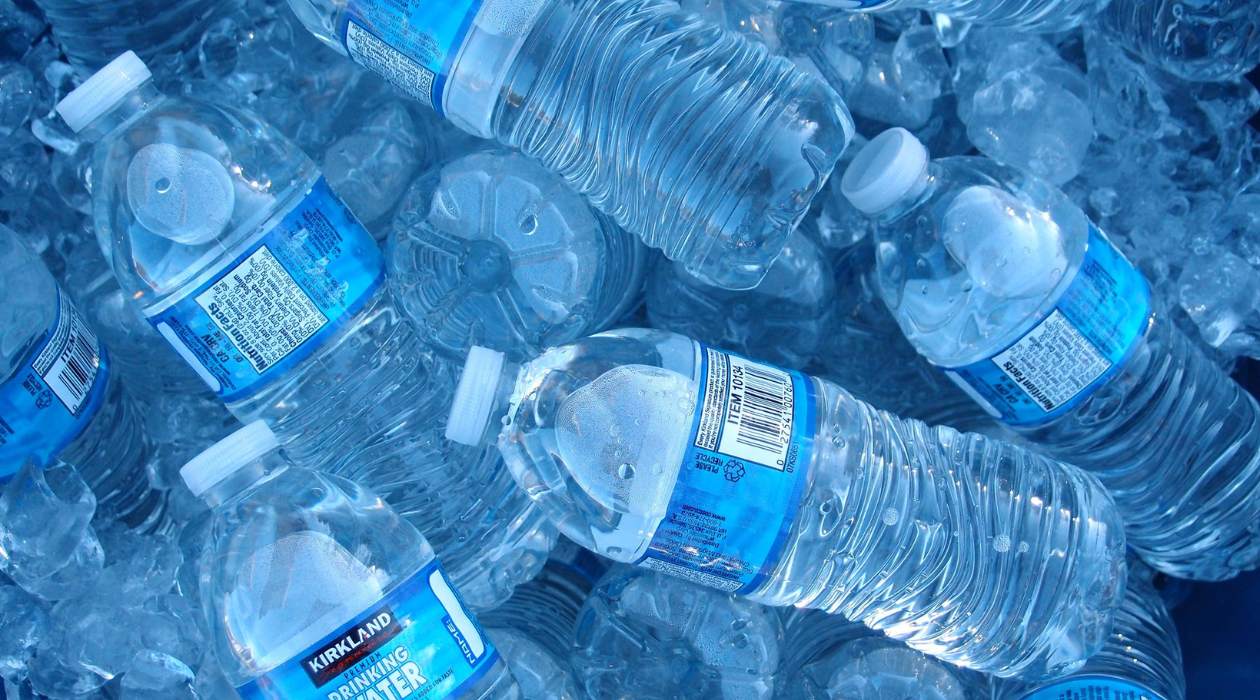
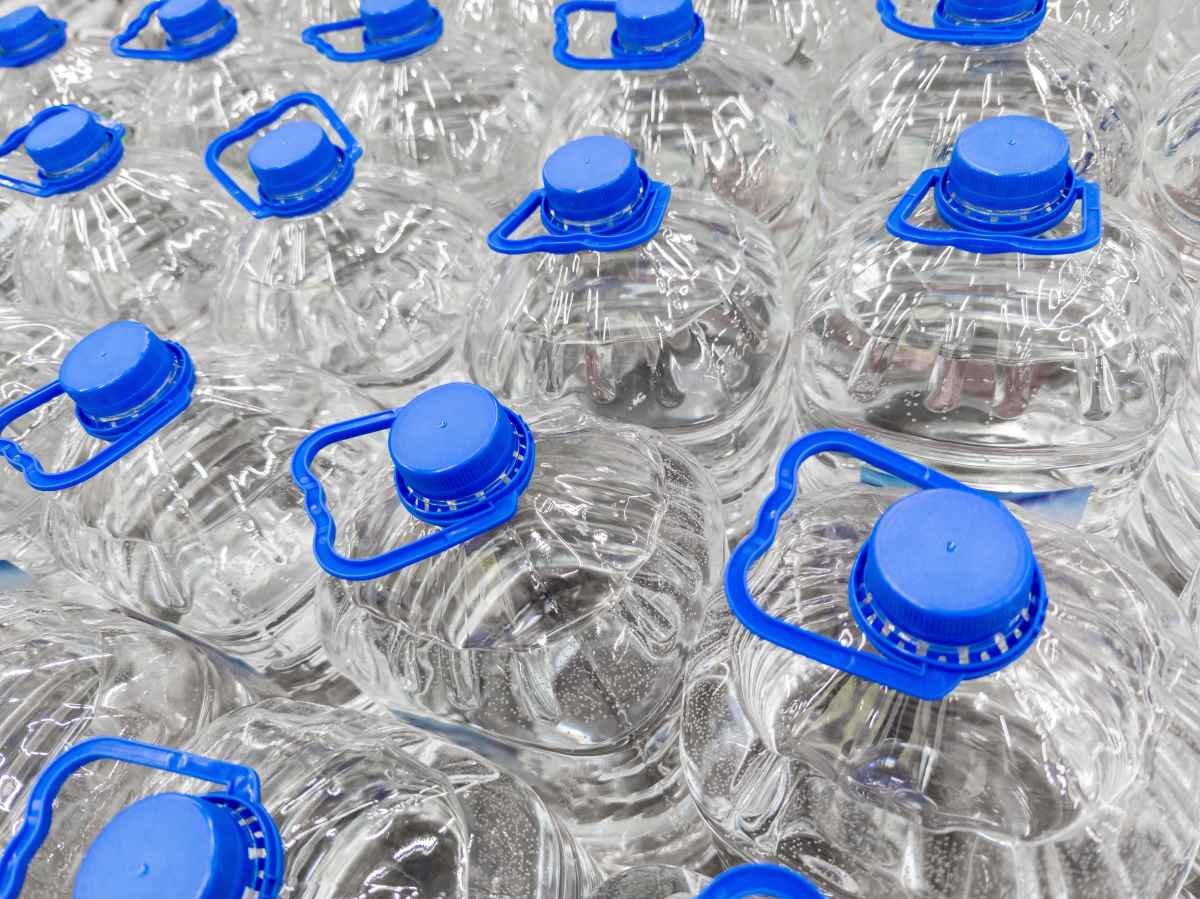
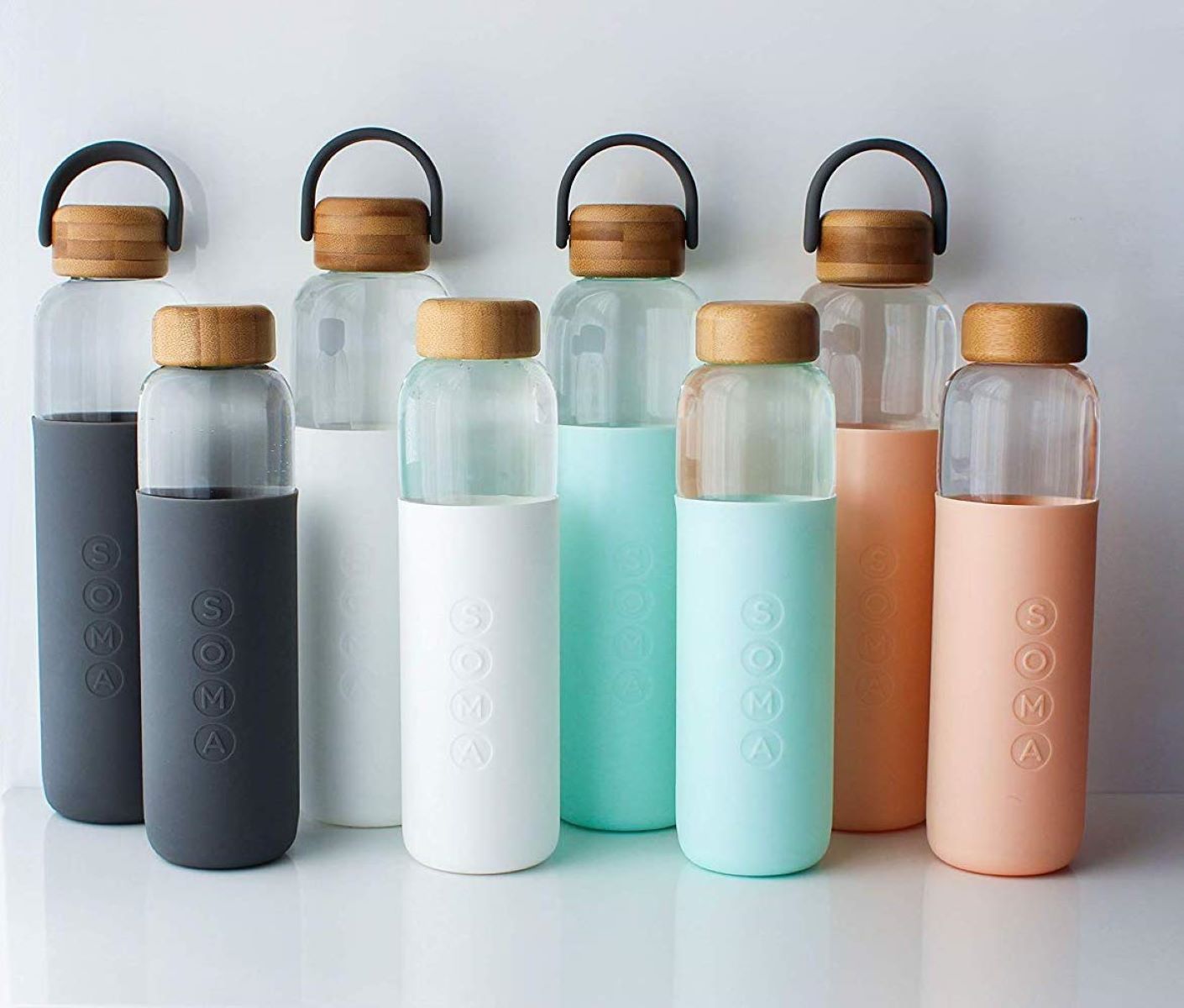
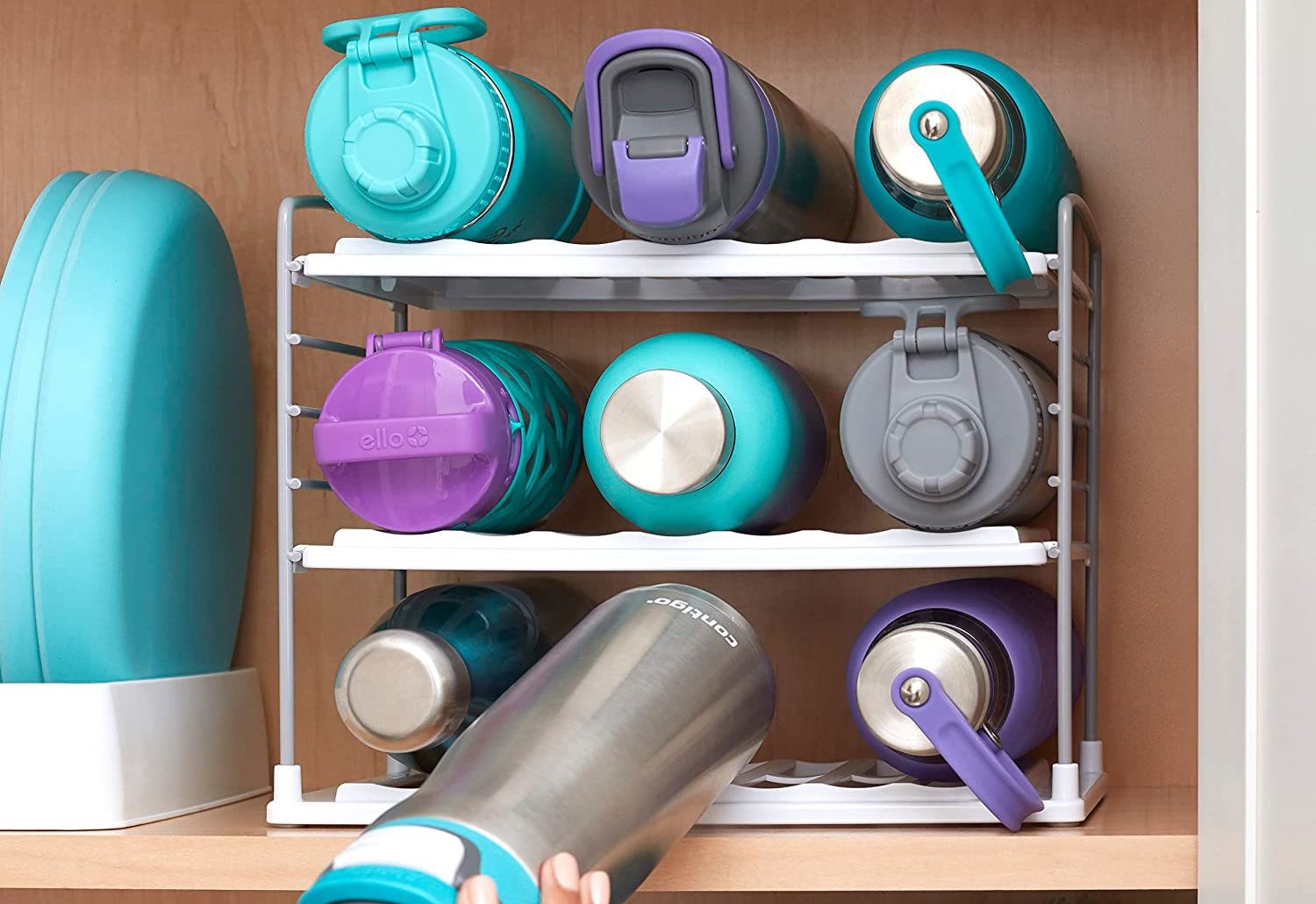
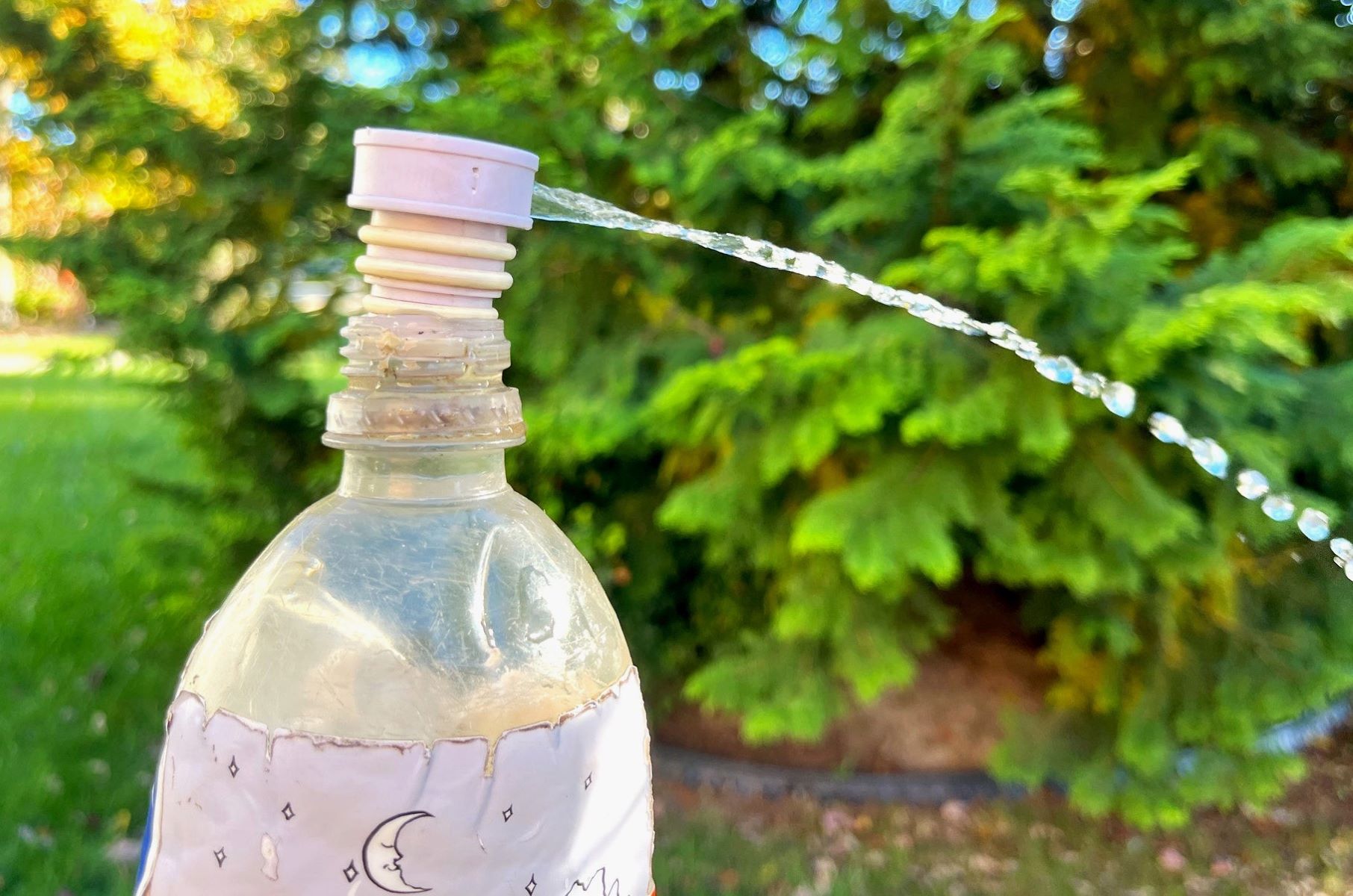
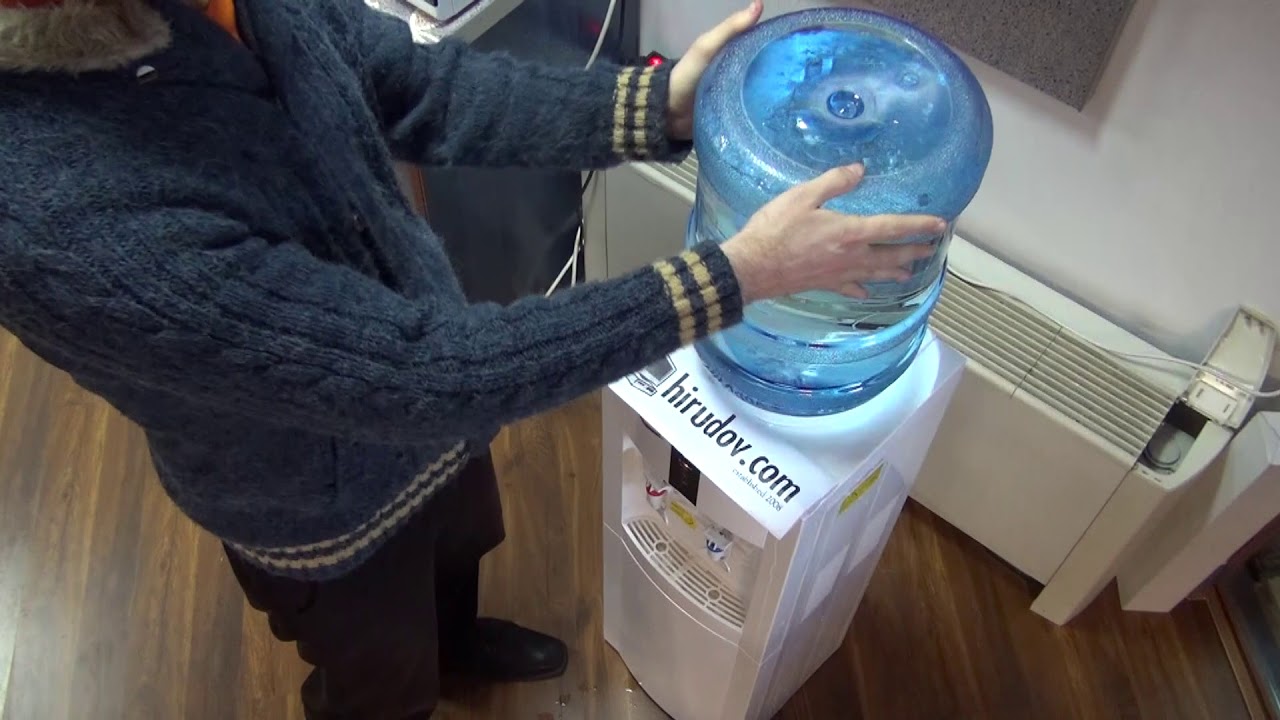
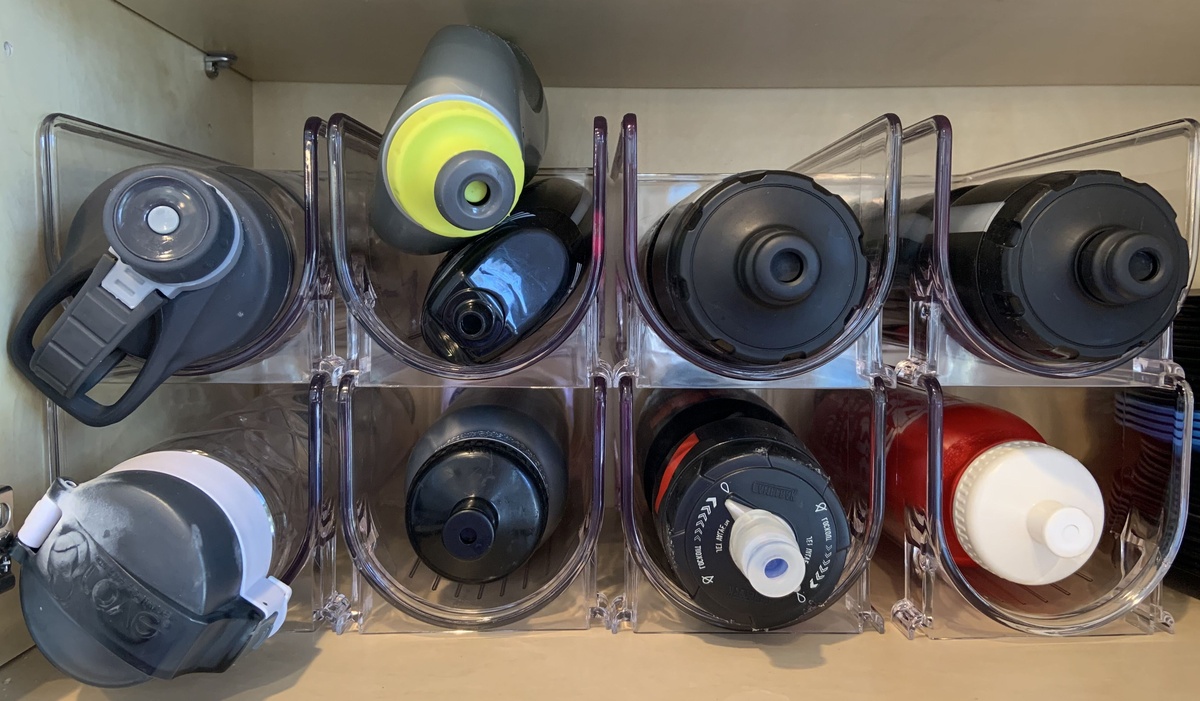
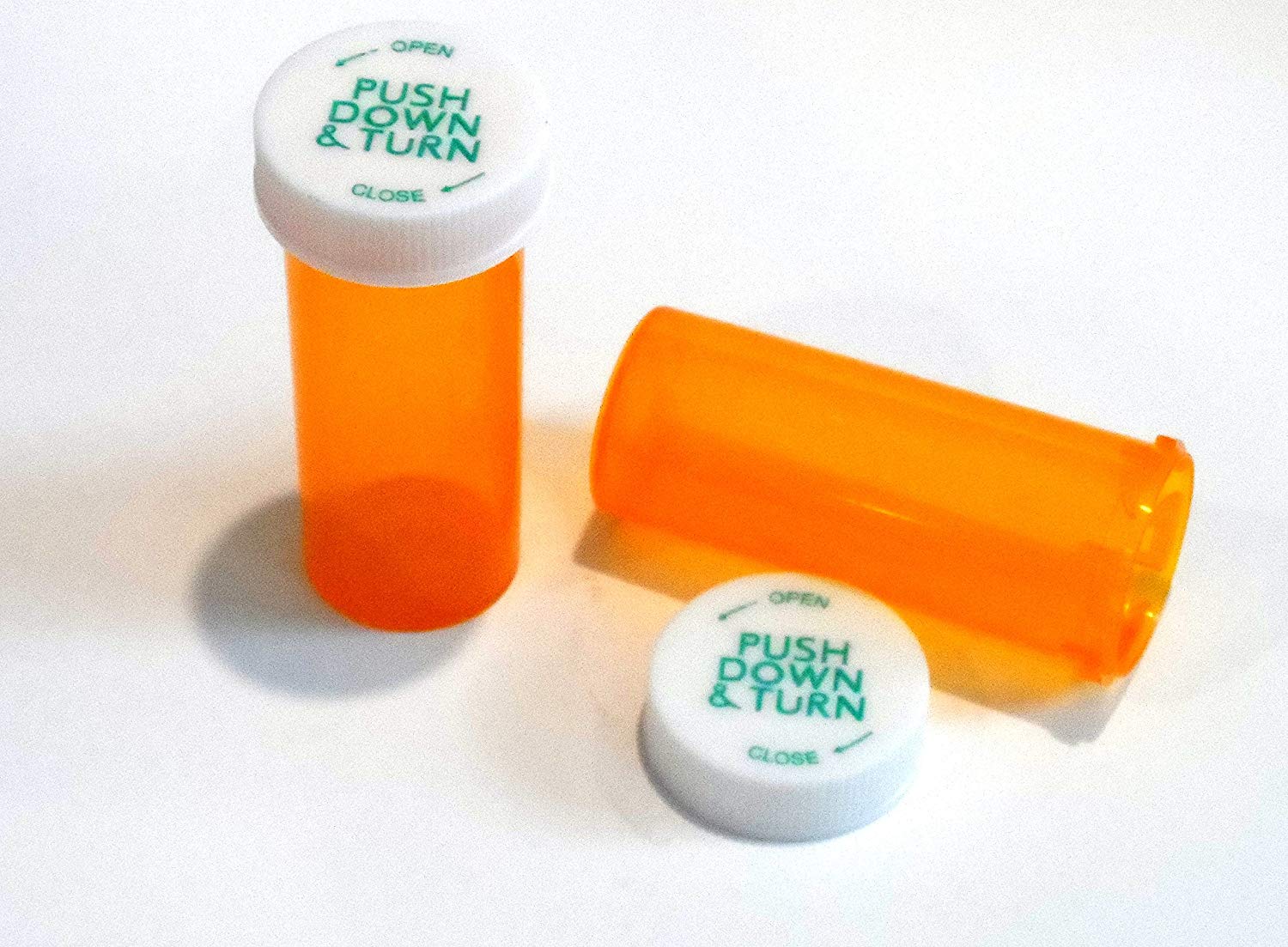
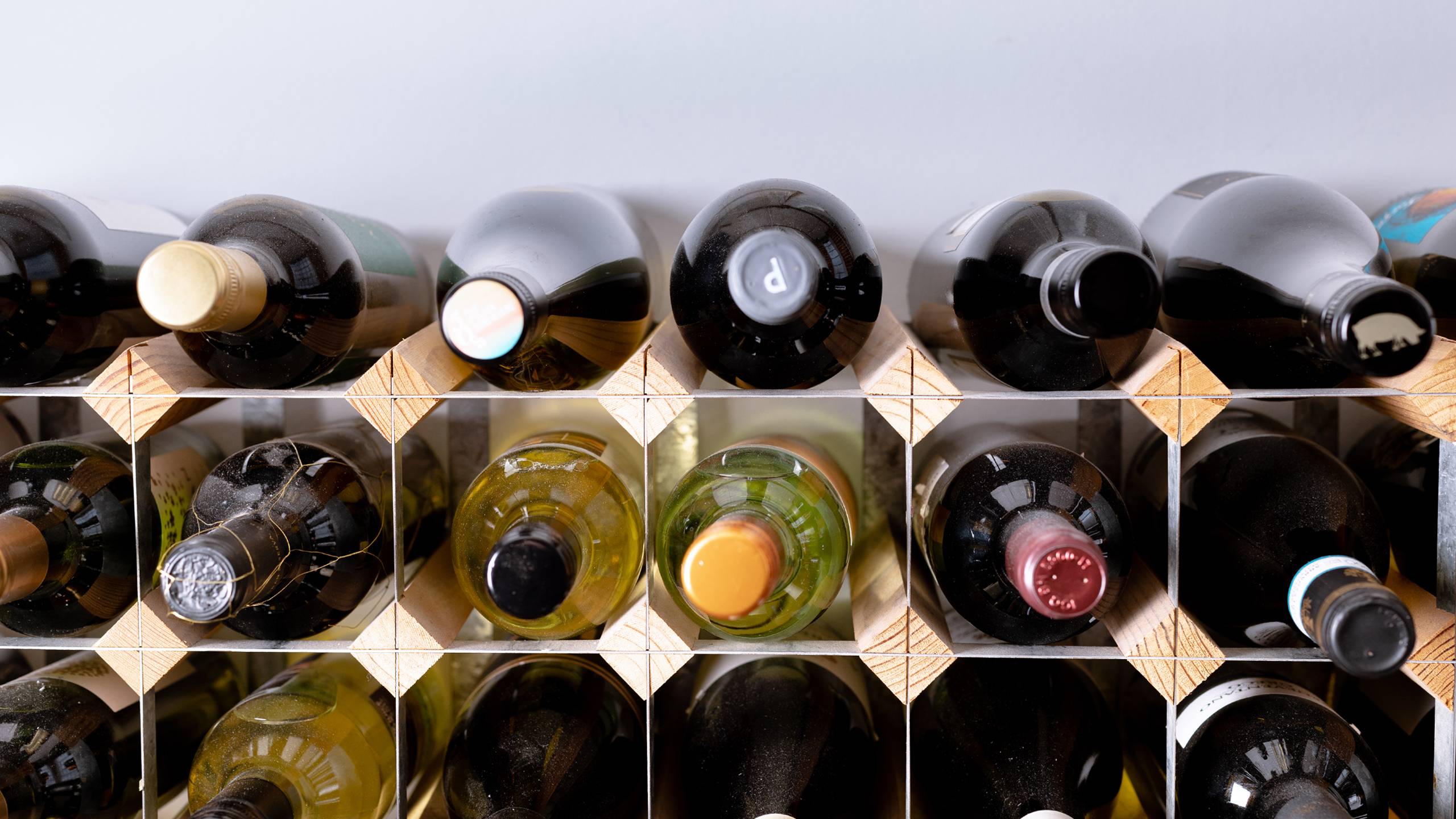
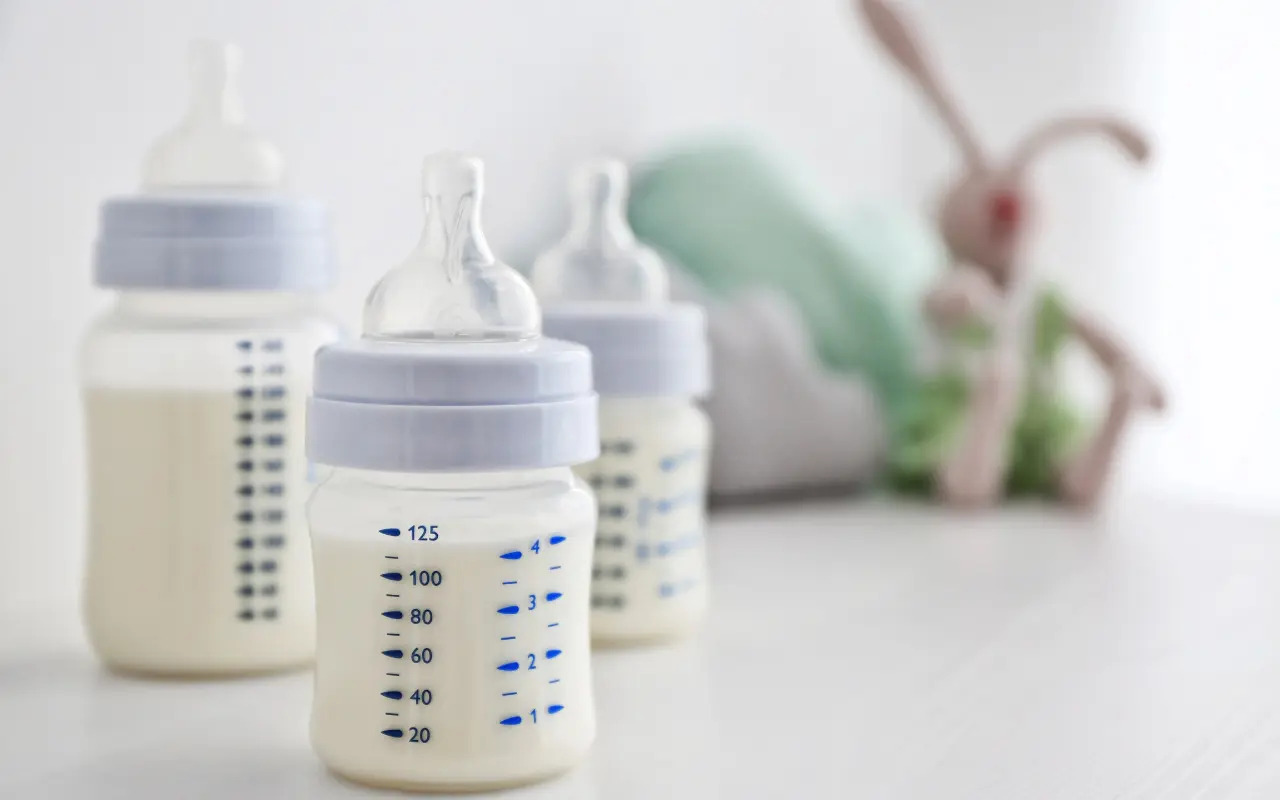
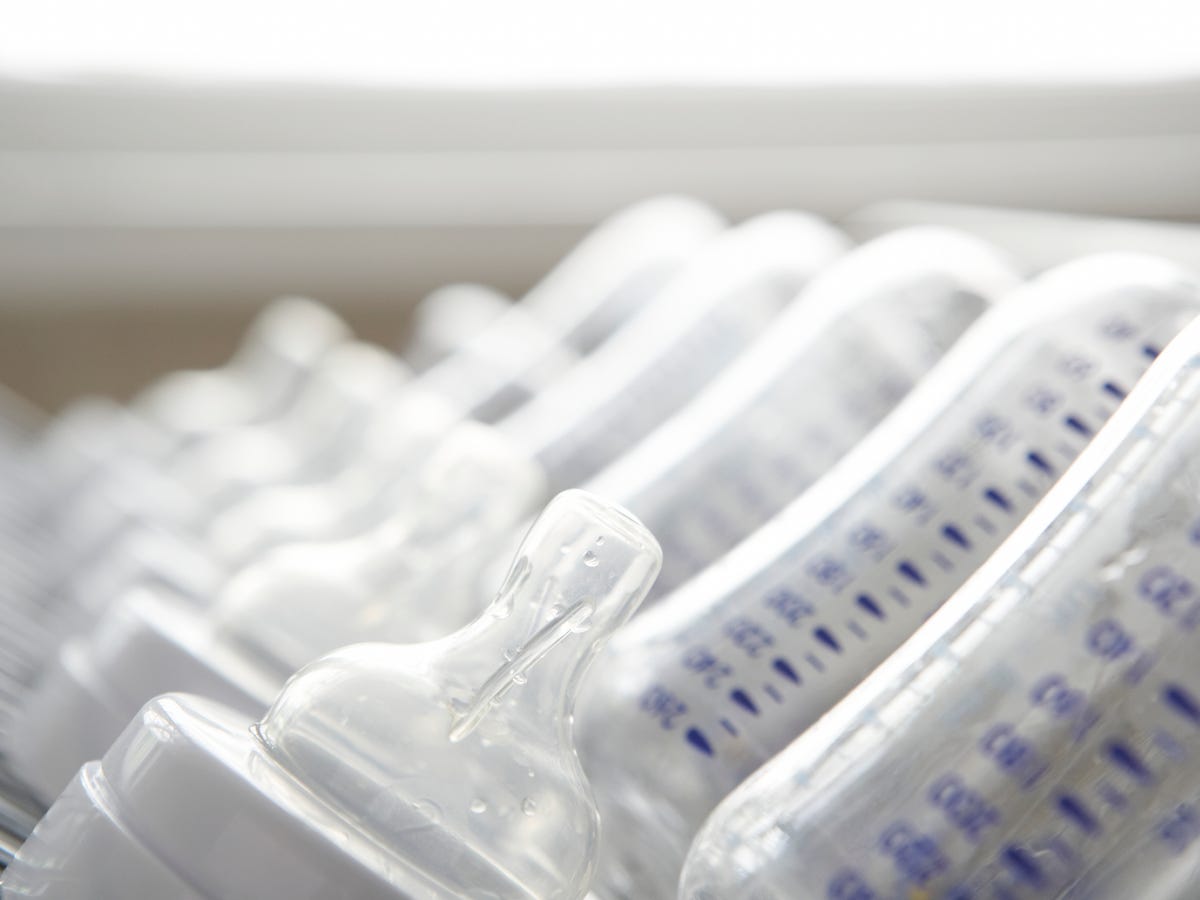
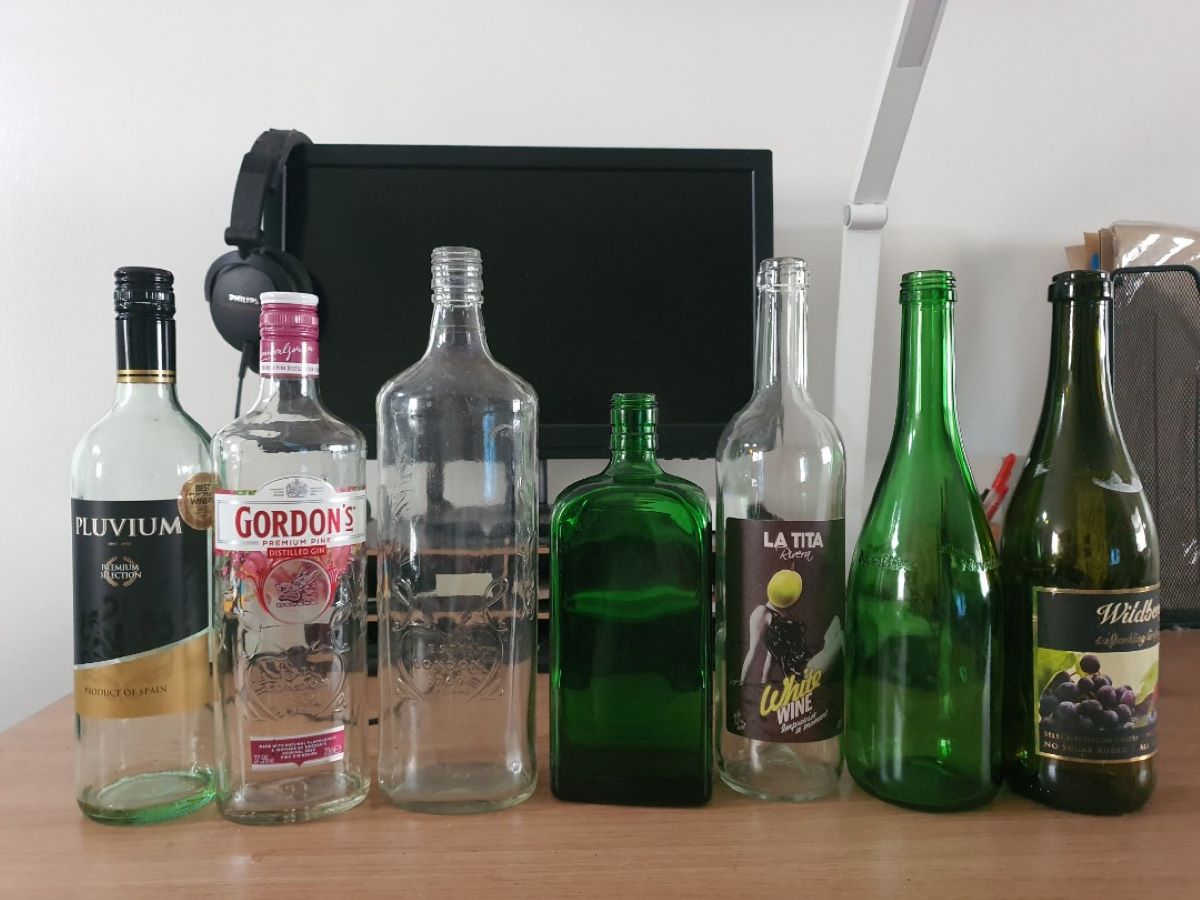
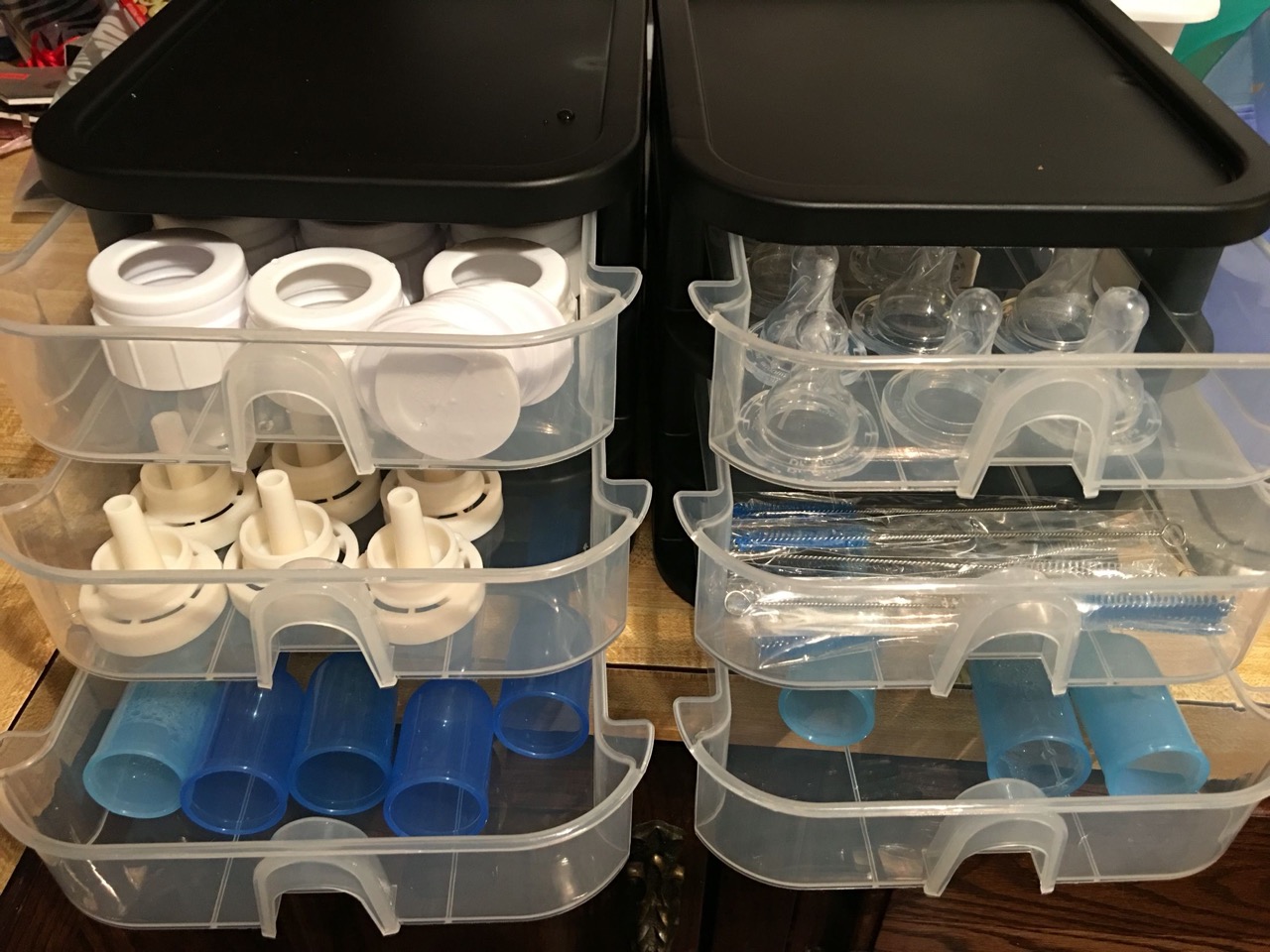

0 thoughts on “How To Store Bottled Water In Pantry”